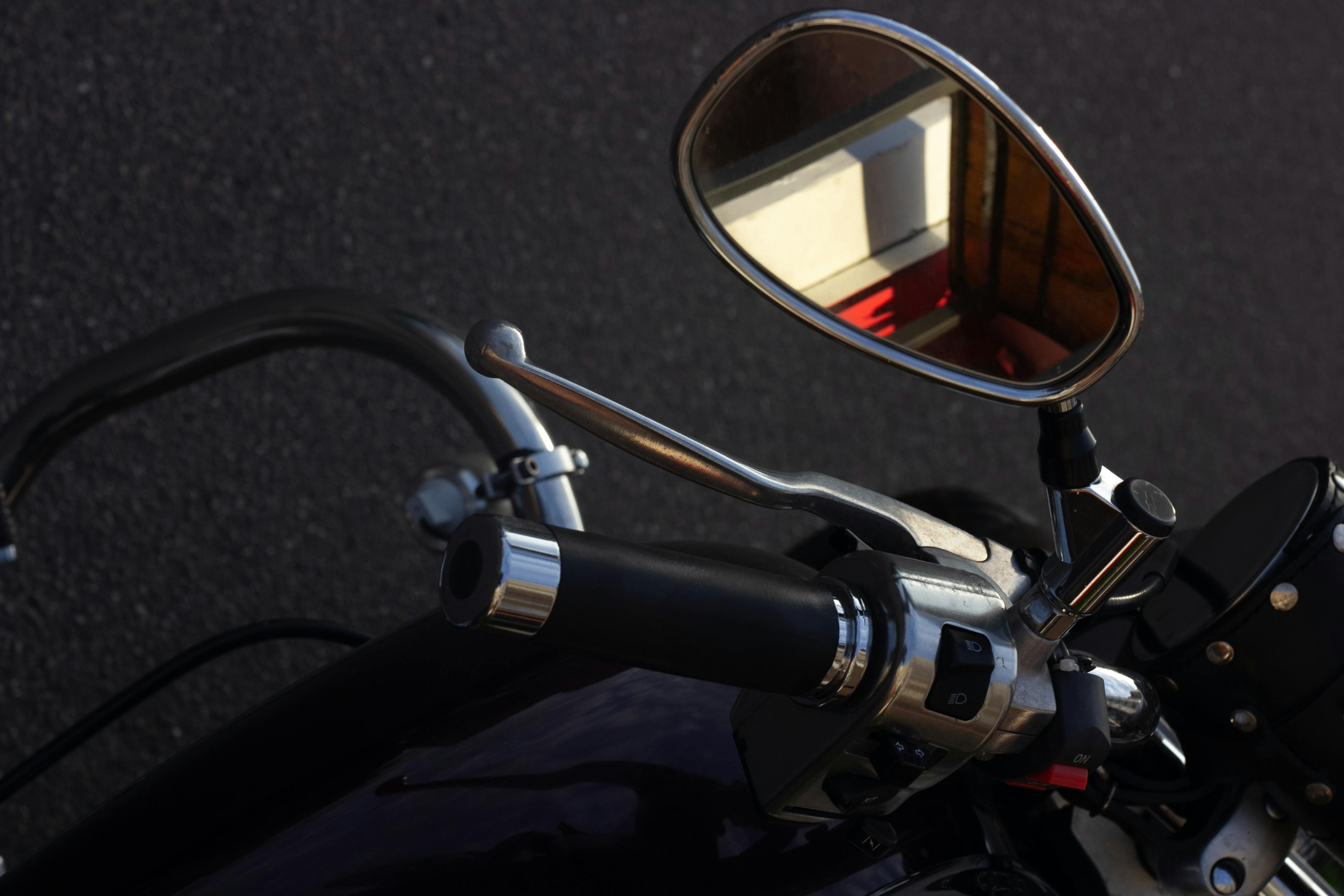
The shift from traditional combustion engines to electric vehicles (EVs) is more than just a change in the type of energy used to power our cars. It’s a revolutionary redesign of many vehicle components, including the humble clutch. This change is not just about replacing one part for another; it’s about rethinking the role of the clutch in the age of electrification. Let’s dive into how electrification is reshaping clutch design, marrying efficiency with innovation.
The Role of the Clutch in Traditional Vehicles
In traditional combustion engine vehicles, the clutch plays a critical role in allowing the car to change gears smoothly, transferring the engine’s power to the transmission system. It’s the unsung hero that ensures a silky ride. However, the clutch’s design and utility are being reimagined in the context of electric vehicles, which operate on entirely different principles.
For those interested in the intricate details of how current clutches are manufactured and the innovative approaches being pioneered, exploring resources from leading clutch manufacturers can provide deeper insights. These organizations play a pivotal role in developing advanced clutch systems that enable the smooth operation of both traditional and electrified vehicles.
Multi-Speed Transmissions in EVs: A New Frontier
While many EVs operate efficiently with single-speed transmissions, there’s a growing interest in multi-speed systems to improve performance and efficiency at high speeds. This development brings the clutch back into the spotlight, requiring innovative designs that can smoothly shift gears without interrupting the electric motor’s power delivery.
Hybrid Vehicles: Bridging Technologies with Clutch Design
Hybrid vehicles, which combine electric motors with traditional combustion engines, present unique challenges and opportunities for clutch design. The clutch in these vehicles must seamlessly manage the transition between power sources, ensuring efficient operation. The development of clutches that can operate with the precision required by these hybrid systems underscores the adaptability of this age-old component in the face of electrification.
Electrification and The Evolution of Clutch Systems
As vehicles pivot to electric power, the need for traditional clutches diminishes, but it doesn’t disappear. Innovative electrification strategies involve multi-speed transmissions and sophisticated powertrain concepts that still require the use of a clutch. However, these clutches are far from traditional. They are being designed to handle the high torque of electric motors and to support seamless transitions between power sources in hybrid models.
Environmental Impact and Sustainability
The electrification of vehicles not only aims for increased efficiency and performance but also places a significant emphasis on reducing environmental impact. This shift encourages the development of clutch systems that are not only more efficient but also more eco-friendly. Manufacturers are exploring recyclable materials and production processes that minimize waste and energy consumption, aligning clutch production with the broader goals of sustainability in the automotive industry.
The Technical Challenge: Handling Electric Torque
One of the biggest challenges in the design of clutches for EVs is handling the instant torque provided by electric motors. Unlike combustion engines, which build up their power gradually, electric motors deliver peak torque from zero rpm. This characteristic demands a redesign of clutch systems to manage the instant power without sacrificing performance or durability.
Material and Design Innovations
The transition to electrification has spurred innovations in materials and design approaches for clutches. Materials that can withstand the high heat generated by electric motors and operate with minimal wear are at the forefront of this evolution. Likewise, novel design approaches aim to reduce the size and weight of clutches while enhancing their efficiency and durability, echoing the electrification movement’s ethos of sustainability and performance.
Consumer Expectations and Market Trends
The demand for electric vehicles is not just propelled by technological advancements but also driven by changing consumer expectations. Potential buyers are increasingly interested in vehicles that offer both environmental benefits and innovative features. This trend is prompting automotive designers and engineers to regard the clutch not as a mere necessity but as an opportunity to enhance the overall driving experience. Through this lens, clutch design becomes a central piece of the puzzle in delivering vehicles that meet the market’s future demands.
The Future of Automated Driving and Clutch Design
As we edge closer to fully automated driving, the role of the clutch continues to evolve. Advanced driving systems demand clutches that can operate with unprecedented precision and reliability. Future clutch designs might integrate more closely with vehicle AI to optimize performance and efficiency dynamically, furthering the symbiosis between mechanical components and digital technologies.
Conclusion
Electrification is not just driving us toward a future of cleaner, more sustainable energy; it’s also ushering in a new era of automotive design and engineering. The evolution of clutch design in response to electrification is a testament to the automotive industry’s resilience and ingenuity. From handling instant torque to enabling smooth transitions in hybrid vehicles, the modern clutch is at the heart of today’s most cutting-edge automotive innovations. As we continue down this electrified road, the clutch, like many components of the traditional automobile, is being redefined for a new age of mobility. Its transformation is a fascinating part of the broader story of automotive evolution, demonstrating that even the most established technologies can find new life in the face of change.
